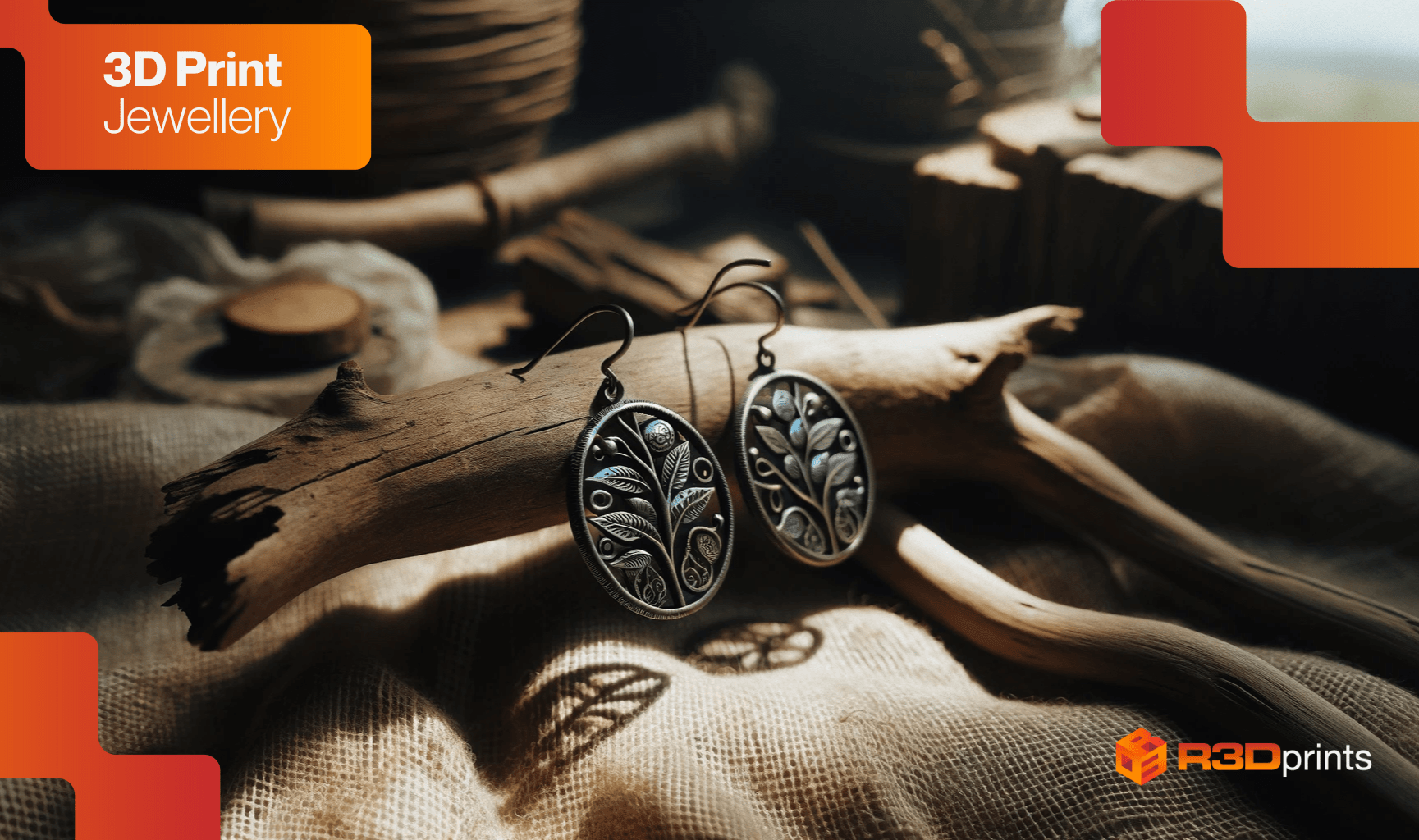As we step into 2024, the jewellery industry is witnessing a remarkable transformation brought about by 3D printing technology. This innovative process not only offers a plethora of interesting advantages for jewellery designers and consumers but also redefines the very essence of jewellery making.
Stay ahead of your competitors this coming new year by learning how you can leverage 3D printing technology in jewellery production.
Benefits of 3D Printing Jewellery in 2024
The jewellery industry is embracing 3D printing technology, and for good reason. 3D printing in jewellery offers a number of benefits over traditional jewellery making methods.
Customisation
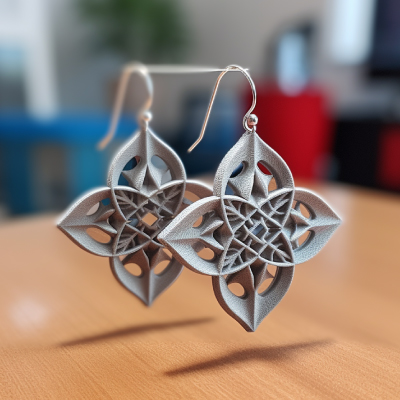
You can personalise your jewellery with your name, initials, or a special message. You can also create jewellery with intricate designs that would be difficult or impossible to make using traditional methods.
Sustainability
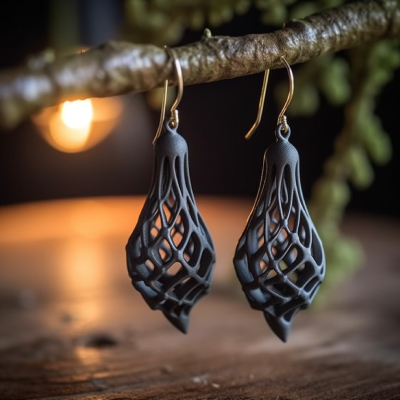
3D printing is a more sustainable way to make jewellery than traditional methods. This is because 3D printing uses less material and produces less waste. Additionally, 3D printing can be used to create jewellery from recycled materials.
Less Time-Consuming
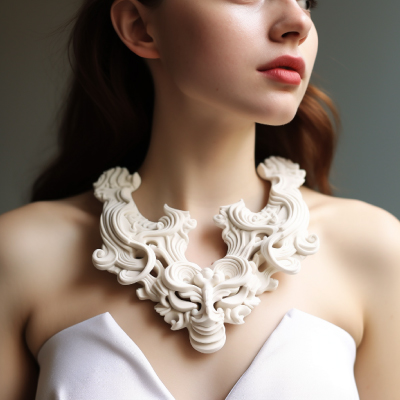
3D printing is an efficient way to make jewellery. This is because 3D printers can create jewellery pieces in a matter of hours or even minutes. This can be a huge advantage for businesses that need to produce jewellery quickly at scale, such as for seasonal promotions or special events.
Methods of 3D Printing Jewellery
Direct 3D Printing
Direct 3D printing or jetting is a non-contact additive manufacturing process that builds 3D objects by depositing a liquid material layer by layer. It can be used to create a wide variety of objects with complex geometries, but can be expensive, especially for high-precision applications.
Investment Casting
Investment casting is the most popular method when it comes to 3D printing. It can be used to produce parts with very complex geometries, which may be difficult or impossible to produce with other casting processes, while can be a relatively expensive process, especially for small production runs.
3D Printing Materials
A variety of materials can be used to 3D print jewellery, each with its own unique properties and applications.
Resin
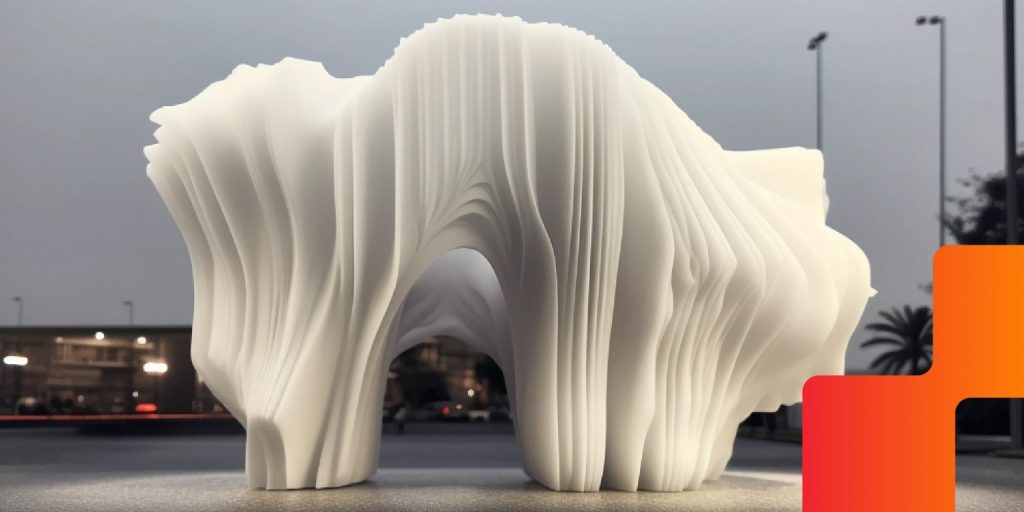
Resin is the most widely used material for 3D printing jewellery due to its versatility, affordability, and wide range of colours and finishes. It is also relatively inexpensive and easy to work with, making it a popular choice for both beginners and experienced jewellery designers.
Nylon
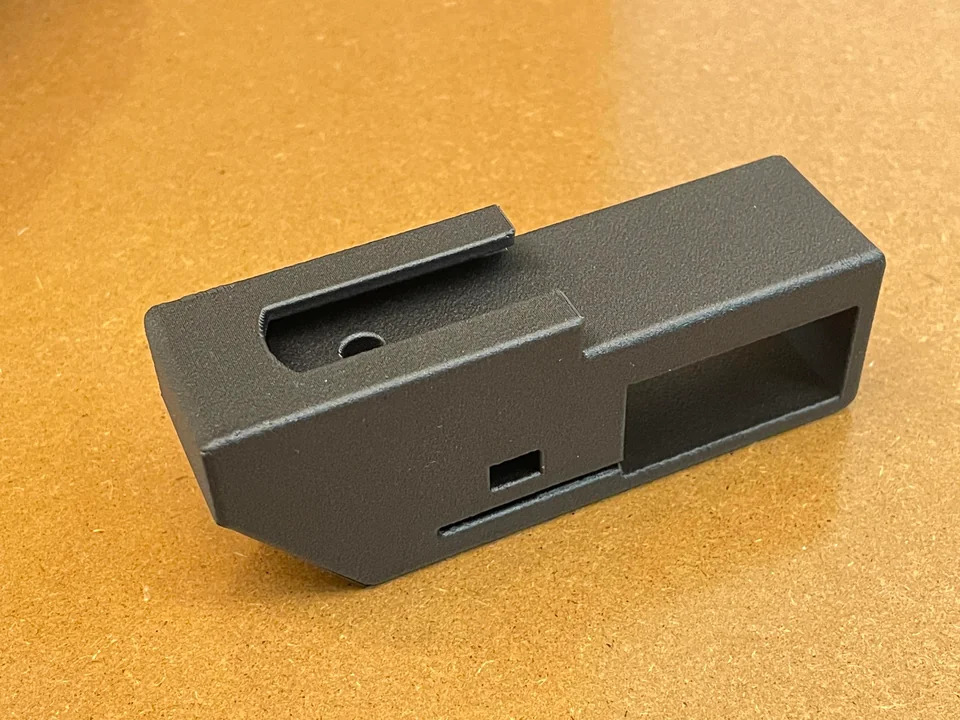
Nylon is a strong and durable material that is well-suited for creating lightweight and flexible jewellery pieces. It is known for its toughness and resistance, making it a great choice for everyday wear. Nylon also offers a matte finish, giving jewellery pieces a modern and sophisticated look.
Metal
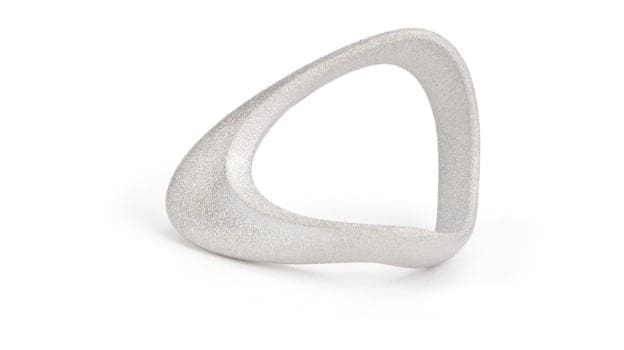
Metal can be used to create high-quality, heirloom-quality jewellery. It offers a range of metals, including precious metals like gold and silver, as well as non-precious metals like brass and bronze. Metal 3D printing allows for precise and intricate designs, resulting in stunning and durable jewellery pieces
Wax
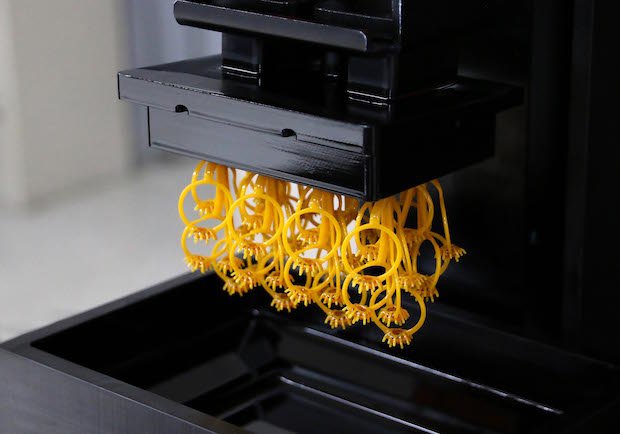
Wax is primarily used in the lost wax casting process, where a 3D printed wax model is created and then used to create a mold for casting metal jewellery. Wax is easy to work with and can be carved and shaped into intricate designs.
3D Printer for Jewellery
Selecting the right 3D printer for your needs requires careful consideration of several factors, including the desired print quality, build volume, price, and ease of use. While 3D printing offers a range of benefits, it’s essential to acknowledge the associated costs and potential inconveniences to make an informed decision.
Print Quality
The level of detail and precision achieved in your jewellery pieces is largely determined by the print quality of the 3D printer. Consider printers with high XY and Z-axis resolution to ensure intricate details and smooth surfaces. However, higher print quality often comes at a higher price point.
Build Volume
The build volume refers to the maximum size of the object a 3D printer can create. For jewellery making, a smaller build volume may suffice for creating delicate pieces, while larger build volumes are required for bigger jewellery items. Consider your specific needs and the types of jewellery pieces you intend to create.
Price
3D printers range in price from a few hundred dollars to several thousand dollars. The price typically reflects the printer’s capabilities, build volume, and overall quality. For beginners, entry-level printers offer decent print quality and ease of use at a more affordable price. As your skills and requirements grow, you can invest in more advanced printers.
Ease of Use
The user-friendliness of a 3D printer is crucial, especially for beginners. Look for printers with intuitive software, clear instructions, and automated features like self-levelling and filament loading. While ease of use often comes with a higher price tag, it can significantly enhance your overall printing experience.
3D Printing Services for Jewellery
If you’re seeking a solution to craft truly one-of-a-kind jewellery pieces that reflect your unique style, 3D printing is the answer. It unleashes creativity, enhances affordability, and promotes sustainability, making it ideal for personalised and eco-conscious jewellery.
Among the many experts at the forefront of 3D printing jewellery is R3DPrints, a company that has mastered the art of transforming your jewellery dreams into reality.
With their team of experienced designers and technicians, they will ensure that you receive exceptional jewellery pieces that reflect your unique style and individuality. Get in touch with R3DPrints now and expect nothing but exceptional results.

